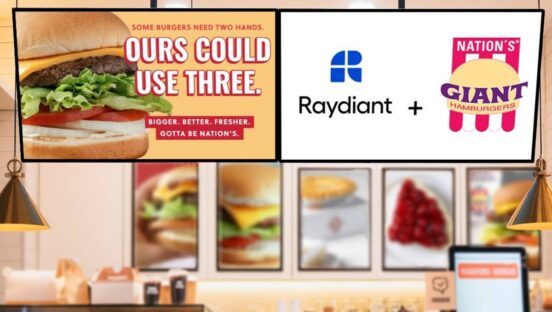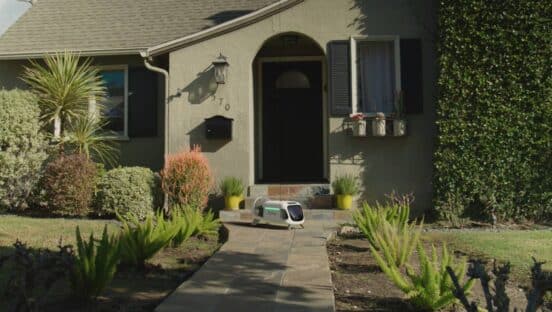It’s lunchtime. Your customers are already on their way. At this point in the game, it is too late for promotional items, limited-time offers, and marketing gimmicks. It is too late for TV spots, Internet click or even Groupons. People are on their way to your drive thru. You might capture a few more customers if you put someone out front with a spinning arrow, but at this point, your ability to sway the customer to come to your drive thru over your competitors next door is limited. So, what do you do? How do you maximize the customers you actually capture?
Conventional wisdom says you need to make your line as short as possible, to give the illusion that the customer experience in your drive-thru is much faster than your competitor’s. After all, isn’t that why you spent all that money on a system to measure the speed of your drive thru? The reason you invested in a second order point? You have been told again and again that speed of service is the key to capturing the customer in the last moment as they drive down the road to make their decision, as if people make their choice based on the length of the line.
Well, conventional wisdom is wrong.
Let me walk that back a little; conventional wisdom is partly wrong. Speed of service does play a role, but it is not the only role. Recent studies and business results indicate that it may not even be the lead role. Based upon the QSR Drive-Thru Study of 2017, the second highest rated drive-thru is the slowest of all the brands measured. Go back and read that again. The slowest! Does that mean that speed of service isn’t important? Of course not. It means that maybe it is time to look at how we can better measure the drive-thru experience.
Typically, drive-thru performance is a measurement of time. How long did the customer spend at the order board, payment or service window? How long was their entire journey? Which is why most timing systems focus only on speed. Recently, many of the systems have added a feature to rank stores against each other, but still on speed alone. In the data I have reviewed, most stores at the top of the ranking for speed stay at the top. Chances are, they are well run locations that rank in the top in many different areas. In addition, data tends to indicate that the volume of cars going through the drive thru is relatively stable and does not fluctuate on a grand scale very often.
So how do we maximize the cars that we get in the drive thru? How do we get the most out of those small fluctuations? I see three variables emerging; number of cars, speed of service, and average ticket. It seems that these data points have the best potential to influence the bottom line if presented properly at the optimal moment.
For example, if the number of cars going through my drive-thru lane is higher than it normally is for this daypart, I may want to concentrate efforts on speed in order to capture as many cars as possible. If my car count is lower, perhaps I want to concentrate resources on upselling, to boost the average ticket. If managers can be given this information in real-time, they can direct the crew to maximize revenue opportunity. Suddenly, performance is based upon the capture of revenue, rather than speed.
From an enterprise standpoint, it would be useful to be able to evaluate locations that adjust their behavior based on the different volume levels they encounter. Enterprise level rankings should not penalize the busiest stores because it takes longer to get through their drive thru. If anything, these evaluations should be able to determine that a store has incrementally improved their performance, due to better decision making. In theory, goals for an individual store could be derived from recent performance, and span all three variables; car count, speed, and average ticket. Displays in the store could remind managers that even though they are fast, their low average ticket will indicate they are not going to hit revenue targets.
In conclusion, drive-thru processes have not evolved in decades. More challenges are on the horizon, as mobile orders and delivery start to build momentum. Evolution in the thought around performance measurement, and the use of data to guide behavior will be the next paradigm shift in this industry.












